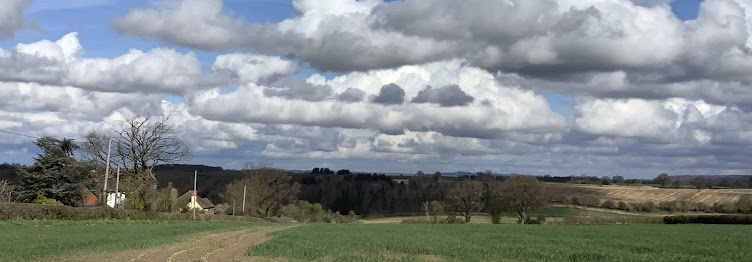
I'm often asked how I get certain painting effects...and sometimes I have an answer. Often I don't. As with my cooking, I tend to rely on experience, instinct and luck, in varying quantities. For this rabbit, I knew she had to be a grubby pink - remember when rubber plasters used to be a salmon pink colour? And after a few days of wearing it and playing in the dirt, they would go a dull, dirty pink colour? Exactly what I wanted for 'Bunchy'. I knew just how I was going to get it; I still haven't cleaned my paint bowls from the book job. Not because I'm a complete slattern, but I like the way paint changes as it ages and dries. So I added a splosh of water to this mongrel mix of leftovers and gave it a good mashing.


And there it is, a muddy pink which is just right for a saggy old stuffed rabbit, who's been dumped on a shelf and forgotten about.

One of the so-called golden rules is not to mix different types of paint such as gouache and watercolour, because they separate. They do indeed, and this is just why I like bunging them together - it makes for a slightly unpredictable wash, and depending on how well you mix it when using it, you can vary the tones from a uniform colour to a more patchy effect. And it often gives a lovely granulated finish too.

Watercolour paint dries to a different colour, and using this kind of wash, it's always interesting to see how things dry out, with some of the pigments isolating themselves.

The other thing I keep a constant eye on is how it is drying. I usually let things dry naturally, to keep the soft granulation. I prop things under the board, partly to counteract the slope of the studio, partly to manipulate the wash - here it is puddled in the bottom of the ear, and there is so much water there, it just has to be left for a couple of hours to quietly settle into a smooth finish, without any blotching or tidelines.

And here we are as of now. Hopefully she will be finished by tomorrow night. I am gradually getting back into the swing of it a; Satsuma was too bright and fussy for my liking - I didn't enjoy painting him, and to me at least, it shows. Bunchy is more where I like to be at. A bit plain and dull, but with bags of personality. Hmmm.










